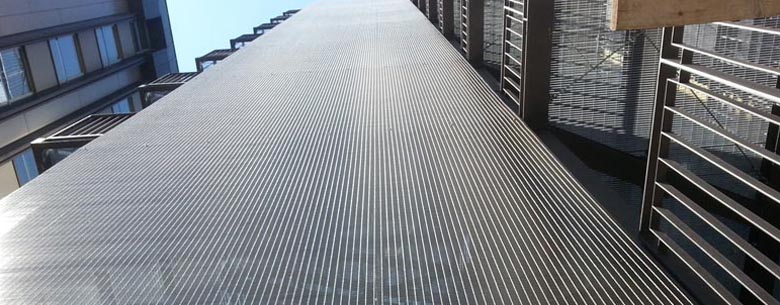Do Acoustic Fence Panels Work?
In our increasingly noisy world, noise pollution has become a significant concern for many individuals and communities. Whether it’s the sounds of traffic, construction, or loud neighbors, unwanted noise can have a detrimental impact on our well-being and quality of life. As a remedy, many people are turning to acoustic fence panels. But do they actually work? This article delves into the effectiveness of acoustic fence panels, exploring their design, materials, and practical benefits.
What Are Acoustic Fence Panels?
Acoustic fence panels are specially designed barriers that reduce noise transmission from one area to another. Unlike regular fencing materials, acoustic panels are engineered to absorb sound and prevent it from passing through. They are typically made from dense materials such as wood, concrete, or specialized sound-absorbing composites. Additionally, they can be designed with varying thicknesses and heights to optimize their sound-dampening capabilities.
How Do Acoustic Fence Panels Work?
The efficiency of acoustic fence panels in reducing noise relies on several factors, including material density, thickness, height, and installation. When sound waves hit an acoustic panel, some of the energy is absorbed by the material, while a portion is reflected away, preventing it from traveling further. The greater the mass and density of the material, the more effective it is at blocking sound. This principle is rooted in physics—the heavier and denser the barrier, the more sound energy it can withstand.
Moreover, the height of the fence plays a significant role. A taller fence can effectively disrupt the line-of-sight between the noise source and the area you wish to protect. This is why many acoustic panels are constructed to be at least six to eight feet high, enabling them to provide better sound insulation.
Practical Benefits of Acoustic Fence Panels
1. Noise Reduction The primary benefit of acoustic fence panels is their ability to reduce noise. Many users have reported significant decreases in sound levels, making their homes and outdoor spaces more enjoyable.
do acoustic fence panels work

3. Durability Most acoustic fence panels are made from sturdy materials designed to withstand various weather conditions. This durability ensures that they remain effective for many years without extensive maintenance.
4. Aesthetic Variety Acoustic fence panels come in various styles, colors, and designs, allowing property owners to integrate them seamlessly into their landscaping. This means that noise reduction doesn’t have to come at the cost of aesthetics.
5. Eco-Friendly Options Some manufacturers offer eco-friendly acoustic panels made from recycled materials. These products are not only effective but also contribute to sustainable living practices.
Limitations of Acoustic Fence Panels
While acoustic fence panels are effective, they are not a one-size-fits-all solution. Their efficacy can vary based on factors such as the type of noise, the distance from the noise source, and local environmental conditions. For instance, low-frequency sounds like deep bass from music or heavy machinery might pass through more easily than higher-frequency sounds, such as human voices.
It’s also essential to install the panels correctly to maximize their noise-dampening abilities. Gaps, inadequate height, or improper alignment can reduce their effectiveness. Additionally, heavy rain, wind, or snow can affect how sound travels, meaning that the performance of acoustic panels may fluctuate with changing weather conditions.
Conclusion
In summary, acoustic fence panels can significantly reduce noise levels and enhance privacy in residential and commercial properties. With the right materials, height, and installation techniques, these barriers serve as a practical solution to noise pollution. However, it’s crucial to understand their limitations and consider them as part of a broader noise reduction strategy. For those seeking tranquility in their outdoor spaces, acoustic fence panels may indeed provide a valuable and effective solution to a common modern-day challenge.
-
The Best Metal Mesh Solutions: Expanded Aluminum Metal vs. Expanded Stainless Steel Metal
NewsSep.10,2024
-
Round Perforated Sheets vs. Hexagonal Perforated Sheets vs. Embossed Perforated Sheet Metal
NewsSep.10,2024
-
Perforated Metal Sheets
NewsSep.10,2024
-
Experience The Excellence Of Stainless Steel Grating
NewsSep.10,2024
-
Discover the Versatility Of Metal Mesh Expanded Forming Machines
NewsSep.10,2024
-
Discover The Advantages Of Steel Grating For Sale
NewsSep.10,2024
Subscribe now!
Stay up to date with the latest on Fry Steeland industry news.

